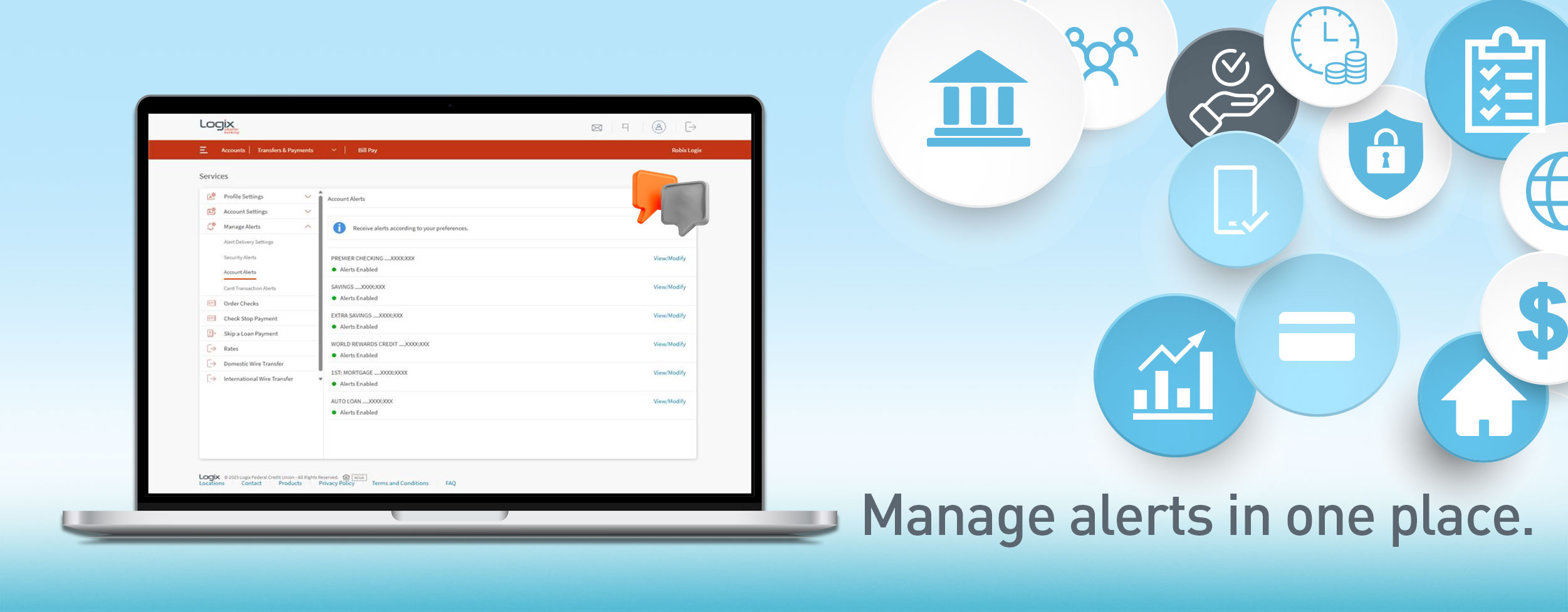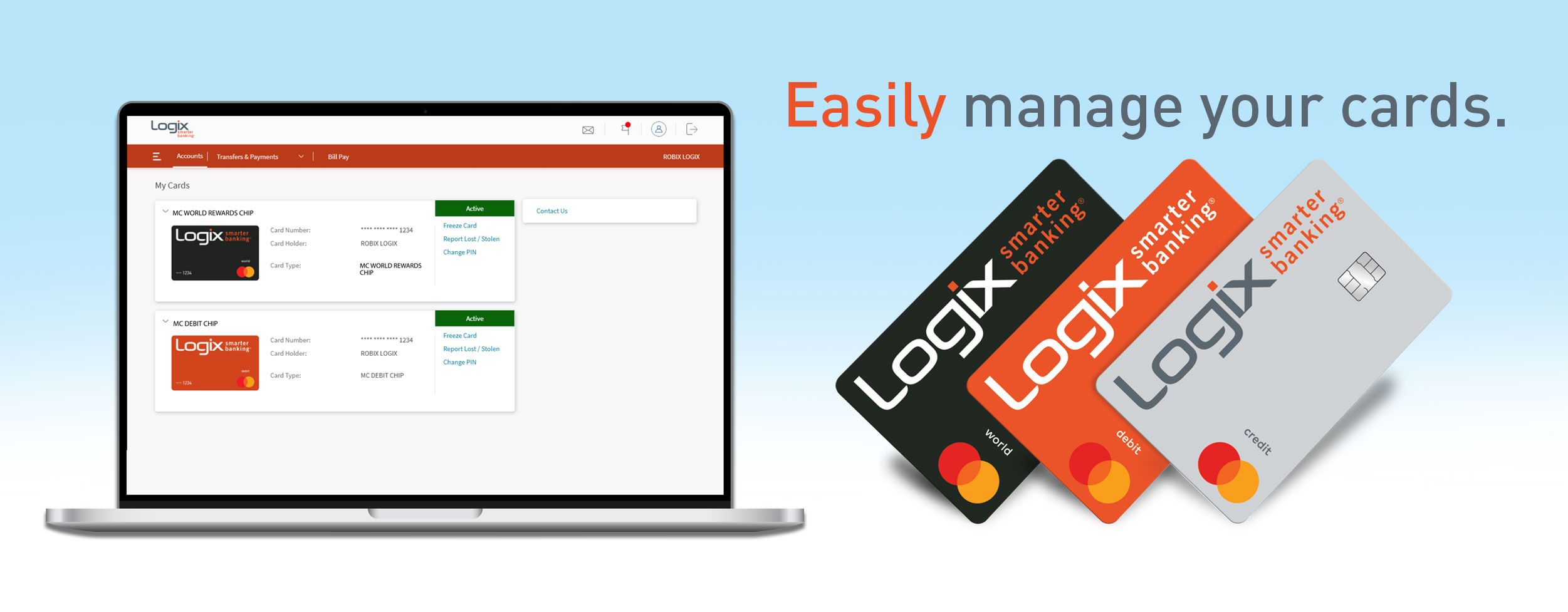.jpg?width=940&name=Federal-Rates-Blog%20(002).jpg)
To understand how the federal funds rate or "Fed rate" affects banks and credit unions, we first need to understand what the federal funds rate is and its role in the financial world. The Federal Government requires all depository institutions, like banks and credit unions, to have a minimum reserve level in proportion to their deposits. Those that do not have enough reserves borrow from other financial institutions that do. The Fed rate is the interest rate banks charge when lending money to each other from their reserve balance.
The Fed rate is determined by the Federal Reserve (the Fed) based on the prevailing economic conditions. The Fed adjusts the Fed rate by analyzing inflation and employment data in order to achieve a healthy economy. More specifically, the Federal Open Market Committee (FOMC), a 12-member committee within the Federal Reserve, determines what the federal funds rate should be.
An increase or decrease in the Fed rate impacts the rates your financial institution offers on things like credit cards, savings and certificate accounts, mortgages, and auto loans. For example, if the economy is headed towards a recession, the Fed rate will likely be lowered to encourage businesses and consumers to borrow and spend more money. Although a rate reduction can give consumers significant savings on lending products, it also means lower return rates of various savings options such as certificate accounts or money market accounts.
On the other hand, in the case of an uncontrolled economic boom, the Fed rate is likely to be raised to control inflation by slowing down growth. When the Fed rate increases, so do the cost of credit across all parts of the U.S economy. This results in loans being more expensive for both consumers and businesses. At the same time, accounts that pay dividends may earn more interest, shifting the consumer mindset from spending to saving money.
Changes in the Fed rate affect banks, credit unions, and other financial institutions over time. A steady increase or decrease in the Fed rate means financial institutions are left to find a balance between delivering competitive rates, all while maintaining daily operations. Meanwhile, consumers may need to shift their financial plans in order to finance major purchases. Keep in mind these interest rate changes affect fixed-rate loans and variable-rate loans differently.
Interested in more financial wellness? Subscribe to our SmartLab blog to find more tools and resources!
-------------------------
*Logix Federal Credit Union is not affiliated with any of the external sources referenced in this article, and is a separate entity.
Please contact Logix at (800) 328-5328 or visit www.lfcu.com if you have any questions about this topic or would like to consider opening an account.


%20(952%20x%20317%20px)-2.png)








